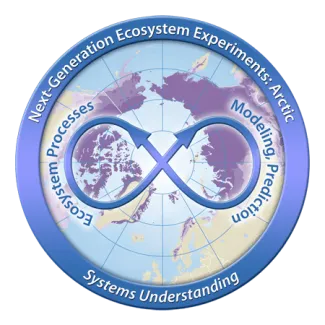Demonstration of CLM-PFLOTRAN Coupling Lays a Foundation for Biogeochemistry Simulation Across Scales
An implicit time-stepping model for decomposition, nitrification, denitrification, and plant nutrient uptake is implemented in the land ecosystem component of a coupled Earth System Model. The new approach replaces the original explicit time-stepping decomposition module, and retains the same coupled carbon-nitrogen mechanisms of the explicit scheme. The ability of the new approach to reproduce the dynamics of the original model is demonstrated. The new approach is also shown to be more flexible, enabling evaluation of alternative hypotheses regarding, for example, the patterns of competition between plants and microbes for available soil nutrient resources. Several numerical challenges are identified and explored, with results that provide general guidance for future development and extension of this or other implicit time-stepping soil and plant biogeochemistry schemes. In particular, this work demonstrates robust operation at very low predicted concentrations of reactive species.
The explicit time stepping approach in the Community Land Model (CLM) is replaced with a more rigorous implicit scheme, and the reaction network is made more extensible and flexible by adopting the PFLOTRAN reaction framework. A Monod relationship based on substrate availability is shown to reproduce CLMs “relative demand” assumption for plant-microbe competition under nutrient constraints at Arctic, temperate, and tropical sites, while allowing greater flexibility in specifying the dynamics of nutrient limitation
The new model can be used to perform simulations across a range of spatial scales, allowing evaluation of alternative hypothesized biogeochemical mechanisms against multi-faceted observational and experimental constraints.
Tang, G., F. Yuan, G. Bisht, G. E. Hammond, P. C. Lichtner, J. Kumar, R. T. Mills, X. Xu, B. Andre, F. M. Hoffman, S. L. Painter and P. E. Thornton 2016. Addressing numerical challenges in introducing a reactive transport code into a land surface model: a biogeochemical modeling proof-of-concept with CLM–PFLOTRAN 1.0. Geoscientific Model Development 9(3):927-946. https://doi.org/10.5194/gmd-9-927-2016
This research was supported by the Director, Office of Science, Office of Biological and Environmental Research of the US Department of Energy under Contract No. DE-AC02-05CH11231 as part of the Next-Generation Ecosystem Experiments (NGEE Arctic) project.
For more information, please contact:
Peter Thornton
thorntonpe@ornl.gov

